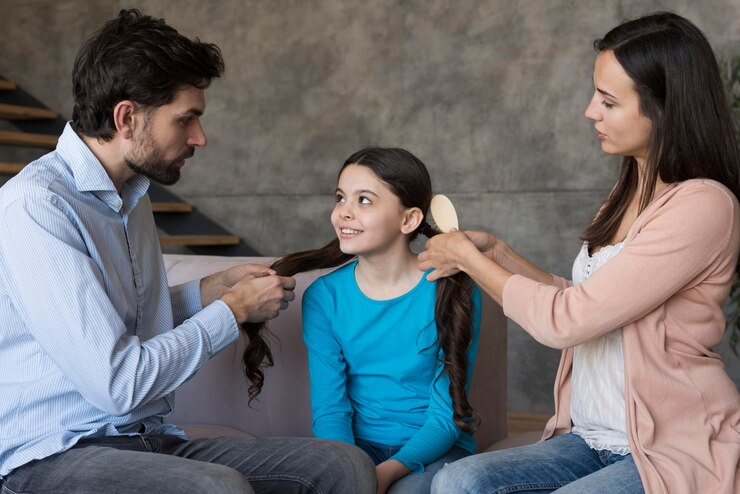A child can experience anxiety very intensely, having fewer resources than an adult to regulate it. This is why, in many cases, they need our help.
With this in mind, it is important to assess whether what the child is suffering from is anxiety before taking the next step. This emotion is complex and has multiple causes, which can frustrate children who suffer from it since they have not yet matured enough to master it.
What causes anxiety in children?
The causes of anxiety in children are varied, we are talking about factors as diverse as responsibilities, interpersonal relationships, or family relationships. One of the first signs of stress in children can occur when their parents separate.
When children begin to leave the house, whether to spend time with their grandparents or start school, they may experience separation stress. In these situations, what begins as superficial tension can transform into very intense anxiety when there is nothing to reduce the feeling of threat that the child feels from being separated from people with whom he feels protected.
This emotion can also be caused by contact with strangers, directly related to the above. The important thing is that we know how to identify a real episode of anxiety, since all children suffer from separation stress and contact with strangers and this does not mean that they suffer from generalized anxiety disorder (GAD).
Other more serious causes may be abuse, a violent or dysfunctional family environment, or, less traumatic but just as serious for the child, a move, the death of a loved one, or the separation of parents. All of these can lead to anxiety that they are unable to control.
How do we reduce anxiety in children?
First of all, as already mentioned, it is essential to distinguish between superficial tension and a true case of anxiety. By misidentifying what is happening, we can deprive the child of the help he needs or of a challenge that can greatly contribute to his growth. The first step is therefore to identify the problem and its cause, paying attention to how the child expresses the emotion.
If we are faced with a one-off episode, the most important thing is to try to reason with the child. Although it may not seem like it at times, children usually have a greater capacity for reasoning than we give them credit for. Talking with them about the cause of that feeling can give us some useful answers. In this way, collaboratively, we may find a solution. What’s more, we will be providing positive reinforcement for reflection and reasoning.
Techniques we can use
The solution to the problem can be achieved using different strategies.
- To begin with, reasoning is a good technique that helps the child to concentrate, relax, and psychologically separate himself from the problem.
- Another way to deal with the problem, if the child is not able to use the right words, is to tell a story about what he or she is feeling. Often, it is difficult for them to describe emotions that are new to them and we must help them.
- It is important, as mentioned in the first point, to reassure him. We can use different relaxation techniques or objective analysis of the threat.
- You too can express what you feel. Children learn largely by imitation, so it will help them if you also start sharing in words what you feel. In this way, their emotional vocabulary will increase, and therefore their skill and accuracy in describing how they feel.
In summary, these are the steps we could follow to identify anxiety in children:
- Pay attention to symptoms (physical and psychological).
- Talk to the child about his problem.
- Propose a solution collaboratively.
- Put into practice techniques that improve your condition.
- If the problem persists and we perceive something beyond normal stress or anxiety, go to a specialist.
Anxiety is an emotion that arises in response to a threat, whether past, present, or anticipated. Thus, children, being so small and unstable, can feel anxiety in response to many events, whether real or imagined. On the other hand, it is we, the adults, who have the responsibility of teaching them to work positively with the emotional state that arises precisely from the perception of these threats.

